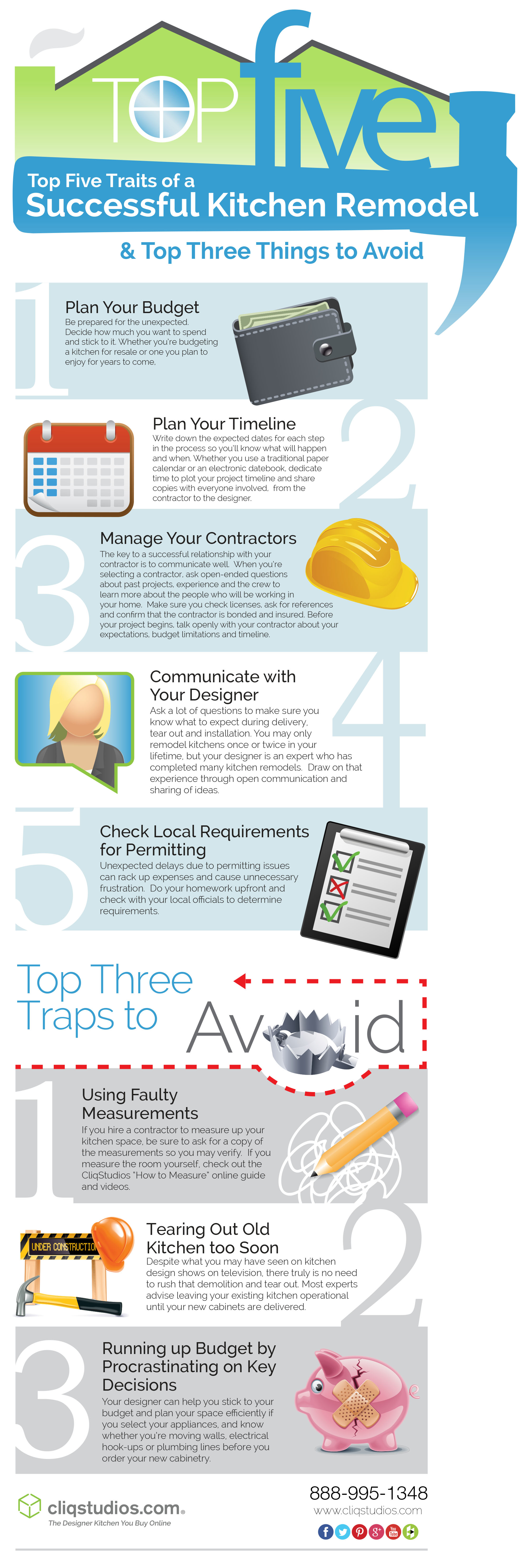Utilize Expert Techniques For Eliminating Cabinets Securely Before Installment-- Avoid Problems And Discover The Crucial Actions For An Effective Process
Utilize Expert Techniques For Eliminating Cabinets Securely Before Installment-- Avoid Problems And Discover The Crucial Actions For An Effective Process
Blog Article
Created By- mouse click the next document
When removing existing closets for a brand-new installment, the process needs precision and care to avoid any kind of accidents or damages. You'll need to adhere to a series of steps to make certain a safe and successful elimination. Making the effort to prepare the area and collect the right tools is crucial, yet the real obstacle hinges on safely removing the cupboards from the wall surface. Stay tuned to discover the very best strategies for a smooth and protected removal that establishes the stage for your upcoming closet installation.
Preparing the Work Area
Prior to you start eliminating existing cupboards, it's essential to prepare the workplace adequately. Beginning by removing all items from the cabinets and kitchen counters. This includes recipes, pots and pans, and any other items that might be in the method.
Next off, cover the floors and neighboring furnishings with protective products such as drop cloths or plastic sheets to prevent any kind of damages throughout the elimination procedure. In addition, guarantee there suffices room around the cupboards for you to work easily and safely.
It's important to turn off the power supply to any type of home appliances or electrical outlets near the cabinets to avoid crashes. Use a voltage detector to validate that the power is without a doubt off before proceeding. Bear in mind to put on proper safety and security equipment, such as gloves and safety glasses, to safeguard yourself from any sharp sides or particles.
Celebration Necessary Tools
To properly deal with the job of eliminating existing cabinets, the very first step is to gather the necessary devices for the job. You'll require a few crucial devices to guarantee a smooth removal process.
Start by grabbing a screwdriver, ideally a power drill with numerous bits to assist you unscrew any kind of screws holding the cupboards in position. A crowbar will be available in handy for gently spying the closets far from the wall surface once the screws are removed.
Make certain to have an energy knife for reducing any caulking or sealer around the cabinets. Furthermore, having a hammer on hand can assist in touching the closets to loosen them from their position.
Safely Removing Cabinets
When getting rid of existing cabinets, ensuring they're securely separated is vital to prevent any damages or injuries. Begin by getting rid of any type of items inside the cabinets and after that unscrewing them from the wall.
Have a helper support the cupboard as you remove it to prevent it from dropping and creating damage. Utilize a drill or screwdriver to carefully remove all screws securing the closets to the wall surface. Make sure to detach any pipes or electrical links prior to completely removing the cupboards.
Once all screws are gotten rid of, gently raise the closets off the wall and place them on a soft surface to prevent scratching or damaging them. Be cautious of any sharp sides or protruding nails during this procedure.
Examine the location where the cupboards were attached for any damages or repair work needed before setting up new closets. By complying with these actions, you can securely separate existing cupboards without any mishaps.
Conclusion
Now that you have securely removed your existing cupboards, you prepare to carry on to the installation process. Keep in mind to carefully plan out the placement of your new cupboards and follow the maker's guidelines for appropriate setup. With the right tools and precautions, your kitchen or bathroom restoration will certainly be a success. Best of luck with your project!
